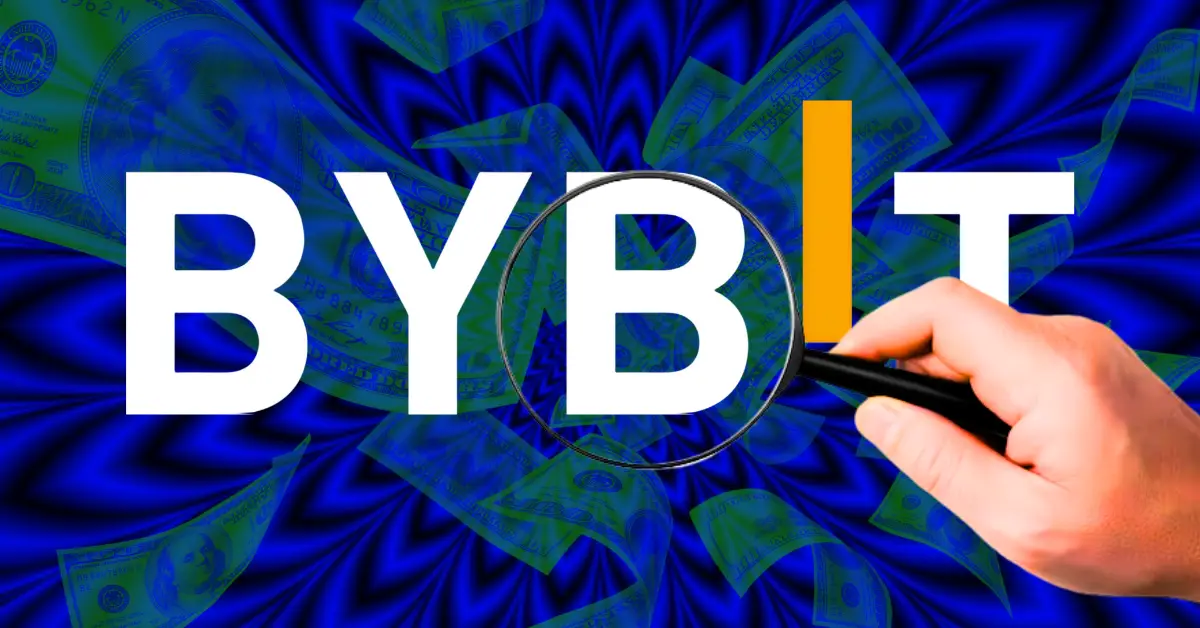
Two months after the biggest crypto hack in history, Bybit CEO Ben Zhou has shared a long-awaited update – and it’s not all bad news. Of the $1.4 billion in stolen ETH, 68.57% remains traceable, and 3.84% has been frozen. However, 27.59% has effectively disappeared – likely laundered through privacy tools and cross-chain bridges.
But behind the numbers lies a deeper story – one that involves state-sponsored hackers, advanced laundering tactics, and a race against time.
Here’s where things stand now.
On February 21, 2025, North Korea’s Lazarus Group exploited a free storage software tool used by Bybit. The breach led to the theft of 500,000 ETH, making it the largest crypto heist ever recorded.
Soon after the attack, the stolen ETH was quickly moved and converted into Bitcoin via Thorchain:
At the time of writing, 5,991 ETH (about $16.7 million) still sits on the Ethereum network, distributed across 12,490 wallets.
In response to the attack, Bybit launched lazarusbounty.com, a platform aimed at enlisting blockchain investigators, white-hat hackers, and data analysts to help track and recover the stolen funds.
So far, 5,443 reports have been submitted through the site. Out of those, only 70 have been deemed valid. Bybit continues to call on more experts to join the effort, hoping to speed up the identification and recovery of the missing assets.
According to DeFiLlama, over $11.25 billion has been hacked from the crypto sector to date. In February 2025 alone, losses hit $1.464 billion, including the Bybit attack. April has already seen at least $12.5 million in hacks, including:
The Bybit update highlights just how advanced laundering tactics have become, especially when carried out by state-backed groups like Lazarus. It also puts a spotlight on the growing security risks across the crypto ecosystem.
While a large portion of the stolen ETH is still traceable, the recovery process is complex and time-sensitive. Bybit’s bounty program could be a crucial tool in reclaiming lost assets – but it also serves as a reminder that security in Web3 still has a long way to go.
This isn’t just about one exchange getting hit; it’s a glimpse into how fragile even the biggest players can be.
Bonk.fun is shaking up the meme coin scene on Solana. In just a few weeks,…
A viral XRP analysis done by crypto analyst and XRP enthusiast XRPunkie hints at the…
The current BNB price structure indicates that bulls are gaining traction, boosted by strengthened fundamentals.…
Binance and Ahmedabad Cyber Crime Branch recently exposed a major scam network in a joint…
After a strong start to the week, market sentiment took a sharp turn as traders…
The Trump administration is taking another big step toward making the U.S. a global leader…